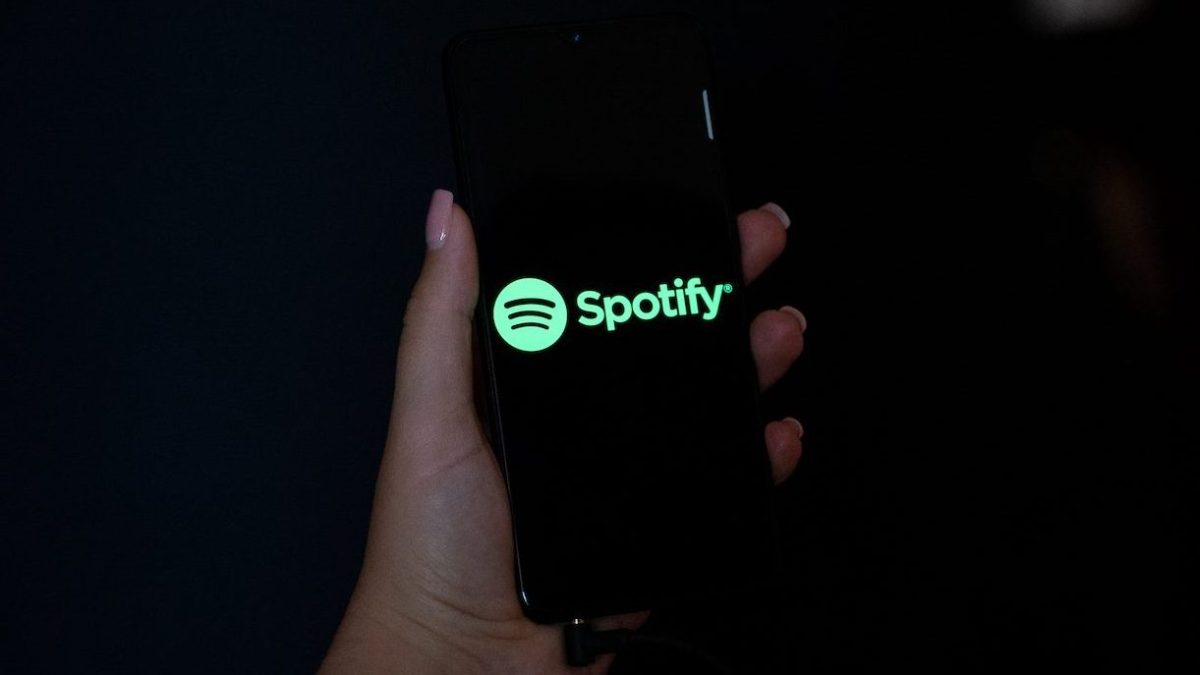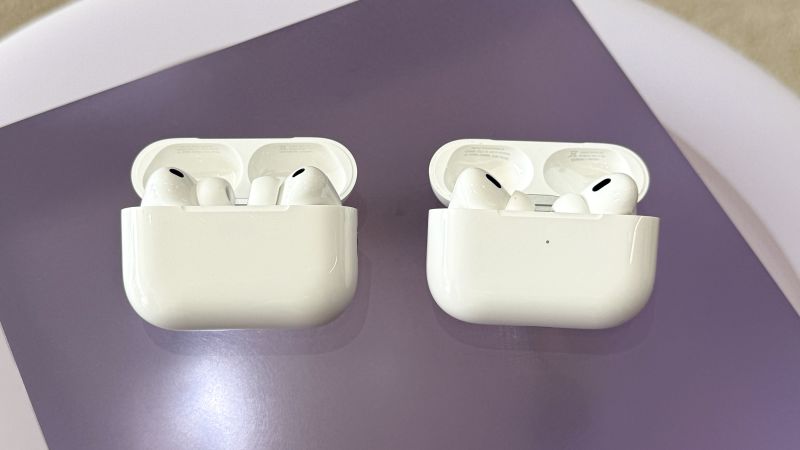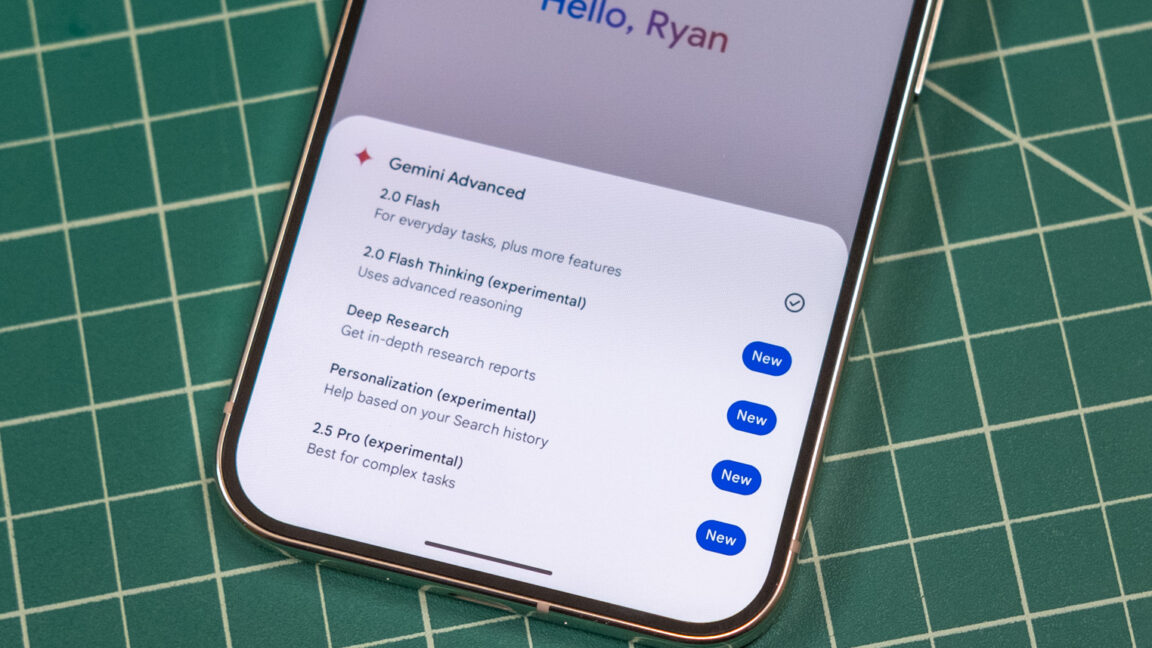High-Fidelity Audio Arrives: Spotify Unleashes Lossless Streaming Revolution

Music lovers, rejoice! Spotify has finally answered the long-standing call for high-quality audio streaming. After years of persistent requests from audiophiles and music enthusiasts, the platform is set to introduce lossless music streaming, promising crystal-clear sound that captures every nuance of your favorite tracks.
Fans have been clamoring for this feature for years, arguing that true music appreciation requires the highest audio fidelity possible. Spotify's new lossless option will deliver uncompressed, studio-quality sound that preserves the original recording's intricate details and rich audio spectrum.
This long-awaited upgrade represents a significant milestone for the streaming giant, positioning itself to compete more directly with premium audio services like Tidal and Apple Music. Audiophiles who previously felt constrained by Spotify's standard audio quality can now enjoy a more immersive listening experience that brings them closer to the original recording.
The launch signals Spotify's commitment to meeting user demands and continuously improving its service. Music fans can look forward to experiencing their favorite artists with unprecedented clarity and depth, transforming how they consume and appreciate music.








